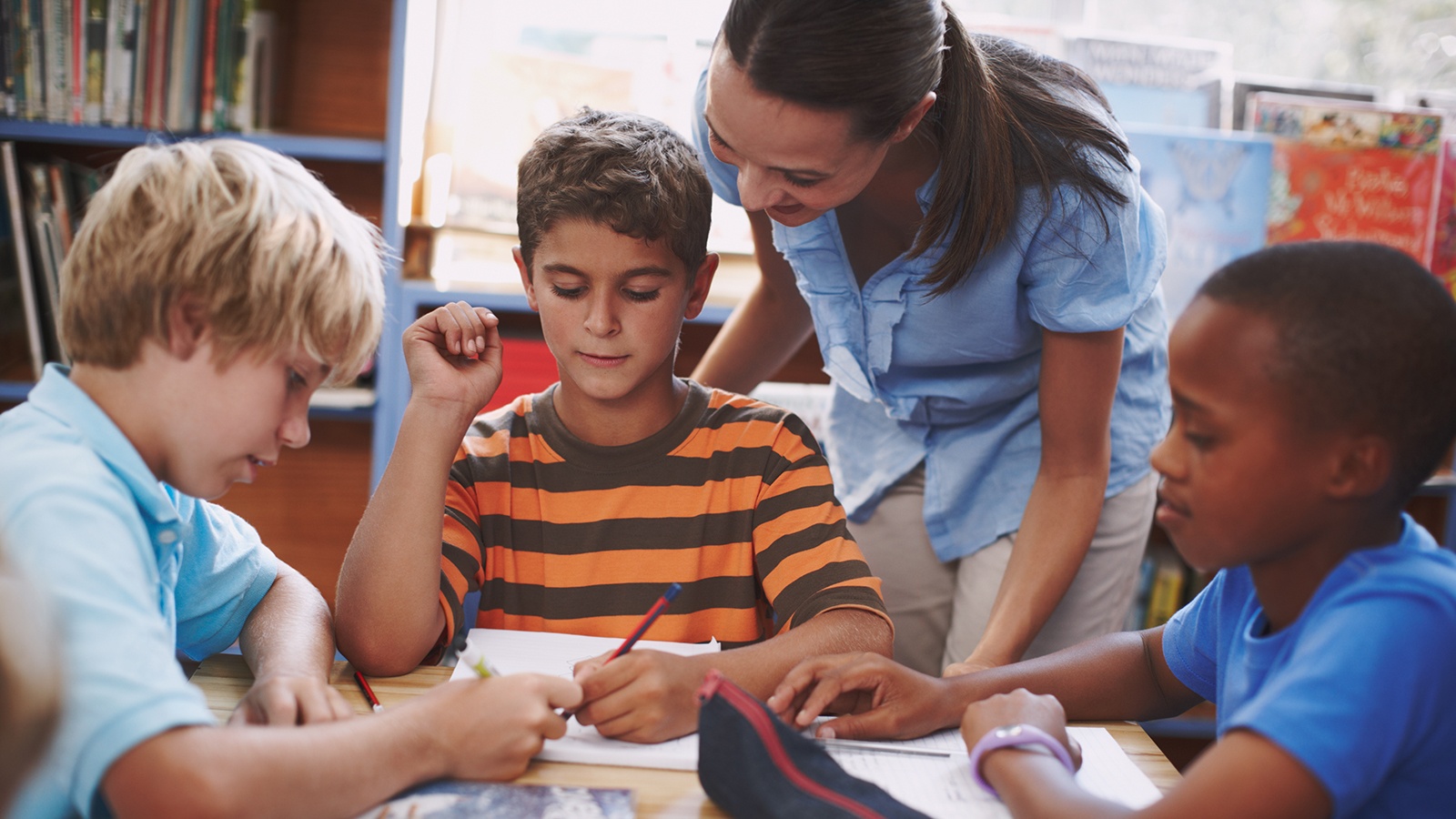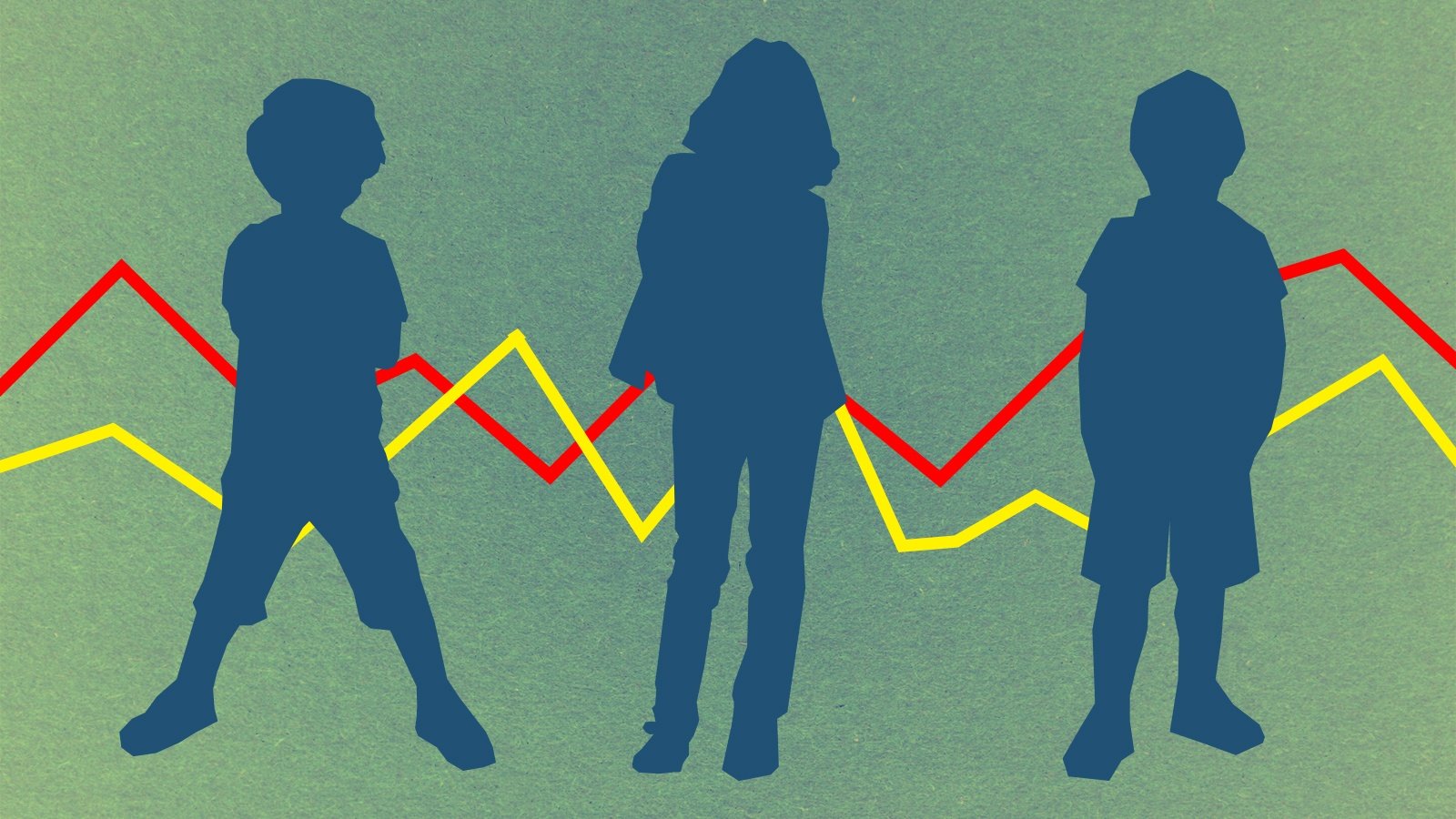
The trend toward personalized learning in education has called into question our culture’s extensive use of the concept of “average” to assess individual performance.
But relying on “average” might be leading us further and further away from an individual-centered curriculum, making it harder to achieve personalized learning.
No student is an “average” student
In his recent book, The End of Average: How We Succeed in a World That Values Sameness, Todd Rose argues persuasively against using the concept of “average” to understand individual performance. While the average student might be a way to talk about group expectations, Rose notes that the concept of average is a fiction, an aggregation of individual data that rarely reflects what real individuals do, think, and feel. The implications of his approach suggest possibilities for rethinking our approach to K–12 education in the hopes of moving towards more personalized, individual-centered curricula.
What fits everybody might not fit anybody
Unexpected problems can arise from using averages to make big decisions. Rose’s research reveals fascinating historical examples of this. In the 1940s, when the U.S. Air Force was trying to design a better cockpit for jet pilots, they took extensive measurements of thousands of individuals and then aggregated the data into a single “average” body size. When the researchers went back and compared the individual results to the average, not one individual matched the average body size for pilots.
Clearly, designing to fit everybody is not going to fit anybody. Rose argues against averaging by sharing three principles of individuality:
1. A student might be great at one thing, but not even good at another
The first principle of individuality is referred to as the “jagged line.” When we map individual features—for example, aspects of intelligence—we see that specific people score quite differently on different tasks (e.g. visual memory, vocabulary, arithmetic, symbol searching, etc.).
Just because an individual is great at one set of mental tasks doesn’t necessarily mean that he or she will be good at all of them. When charted, individual performance looks like a jagged line with areas of greater and lesser proficiency.
2. People act differently in different contexts
Despite popular notions to the contrary, people do not have fixed personality traits. Rather, individual behavior is largely dependent on context. We all know students who are lovely and rule-abiding at home, but who seem to be altogether different people at school (or vice versa). They do not have “rule-abiding” personalities that prevail through all their actions; no, they exhibit specific behaviors in specific contexts.
Rose cites research done with children where their levels of honesty were assessed in different contexts, and not surprisingly, none of the students were uniformly honest in all contexts—their profiles, when mapped, had the same jaggedness we see with measures of intelligence.

3. There’s more than one pathway to success
Rose’s third concept of individuality brings up the notion of multiple pathways. Not all individuals need to take the same path to get similar results. Some students may need more time to understand a concept. Other students might need to tie new learning to real-world experiences, and still others may need to work alone to achieve the desired objective.
Developing an individual-centered classroom
These examples point to the importance of developing an individual-centered approach that focuses on individual capacities, recognizes the importance of context, and respects multiple pathways to desired ends. While personalization in education may seem like an overwhelming task for teachers working with 150 unique students per day, advances in technology have made it easier than ever to provide students with options that allow them to learn at their own pace, in a place that best suits their learning style, and to find a path through the material that reflects their own strengths.
Try using a blended learning approach that gives students options for using various learning types. While it’s not easy to overhaul the authority of averages, with time and planning it’s possible to create a curriculum based on the individual.
Let’s discuss in the comments: How can we move toward teaching to the uniqueness of each student, rather than to the imaginary average student? What strategies have you deployed, and how do students respond when you focus on their unique needs and the contexts of their learning experience?
Get a free trial of Active Classroom to explore digital social studies that can be personalized and differentiated to fit your class
Dr. Aaron Willis is the chief learning officer for Social Studies School Service, where he has worked in the field of interactive and digital education for more than two decades. His primary areas of interest include brain-based imaging, hands-on learning, and evidence-based reading and writing strategies. Dr. Willis oversees the development of Active Classroom with an eye toward implementing the latest pedagogic strategies in a manner that is intuitive and easy to use for both teachers and students. Based in Los Angeles, California, he travels frequently to work with teachers, focusing on practical solutions to their professional challenges.
